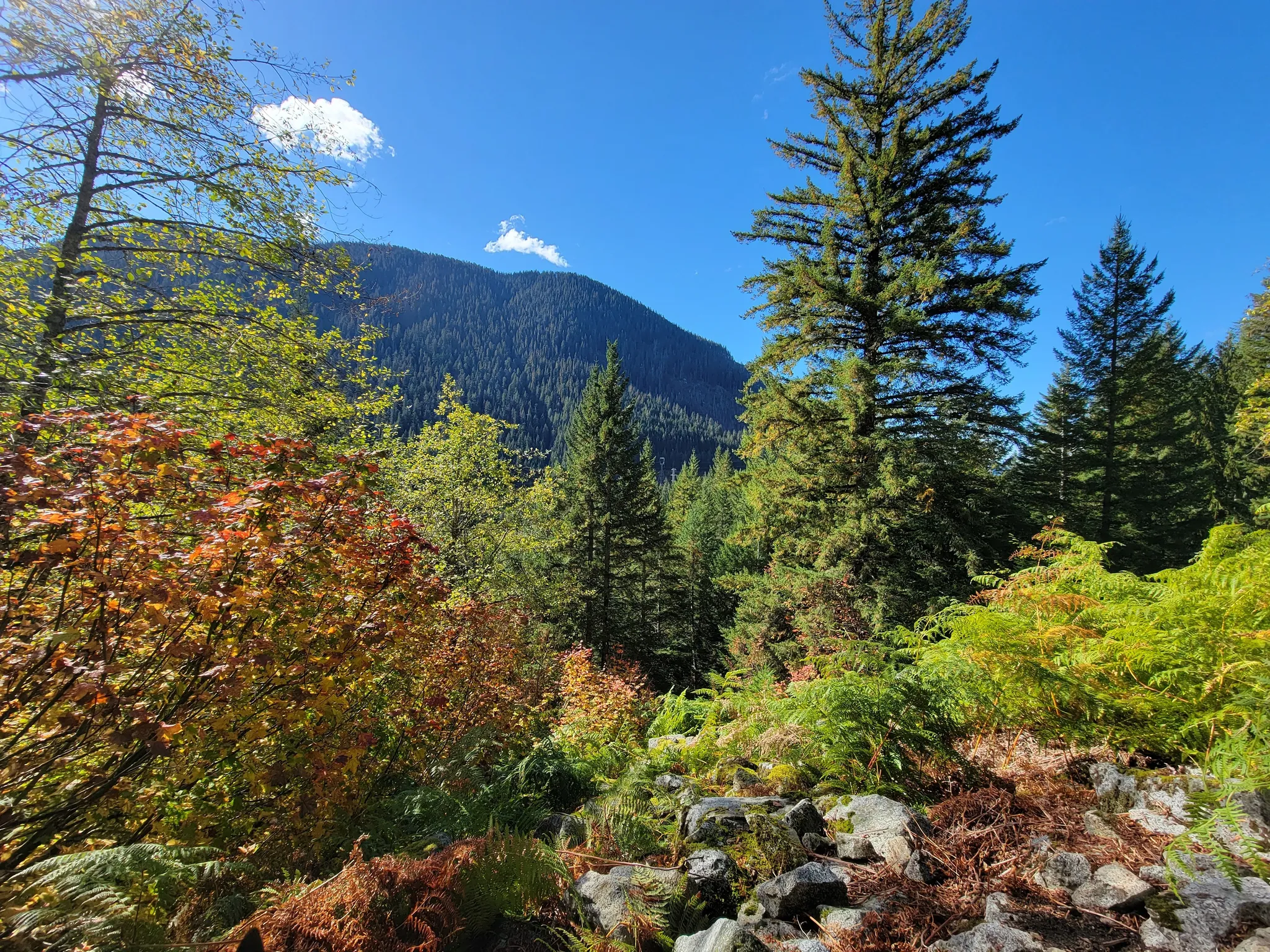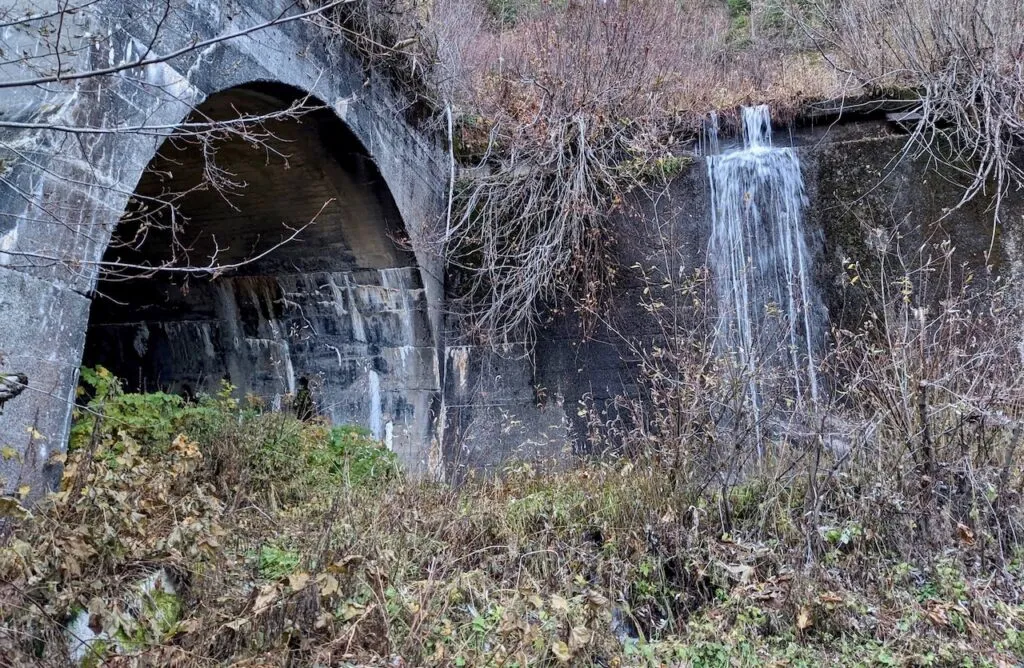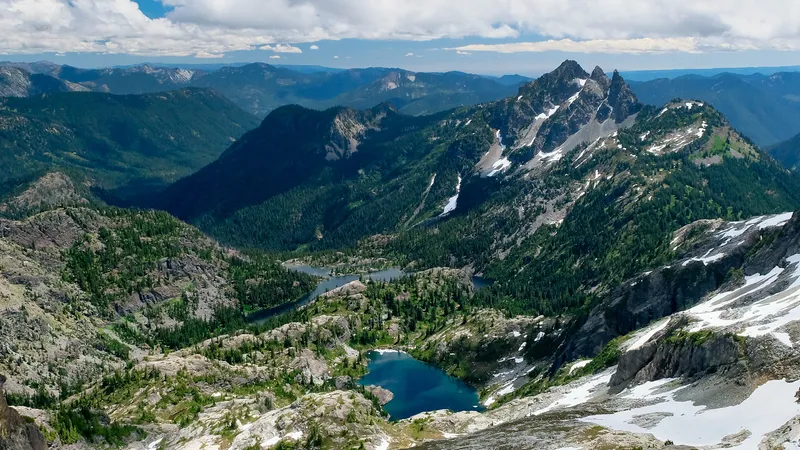The Cascade Range stretches through the Pacific Northwest, offering some of the most diverse wildlife habitats in North America. From Washington State to Oregon, these majestic mountains are home to an incredible variety of animals. North Cascades National Park alone hosts approximately 75 mammal species, 200 bird species, 21 reptile and amphibian species, and at least 28 fish species, making it a wildlife enthusiast’s paradise.
This remarkable mountain range supports iconic wildlife including black bears, mountain goats, and Roosevelt elk. More elusive residents include wolverines, which are most active during winter months, and the rare gray wolf, grizzly bear, and Canada lynx—all listed as threatened or endangered. The National Park Service works to protect these diverse ecosystems and the creatures that depend on them.
Find available hotels and vacation homes instantly. No fees, best rates guaranteed!
Check Availability Now
Visitors exploring the Cascade Range often report unforgettable wildlife encounters while hiking along scenic trails. The dense forests, alpine meadows, and glacier-fed lakes create perfect habitats for animals both common and rare. While traveling along trails like the historic Iron Goat Trail in Washington, hikers might glimpse deer grazing peacefully or hear the distinctive call of birds echoing through the wilderness—just one of many reasons people fall in love with this special corner of the United States.
Wildlife of the Cascade Range
The Cascade Range supports an incredible diversity of wildlife adapted to its varied mountain ecosystems. From mammals roaming the alpine meadows to fish swimming in crystal-clear streams, this mountain range is a haven for hundreds of species that call these rugged landscapes home.
Mammals of the Cascades
The Cascade mountains provide habitat for approximately 75 mammal species in 20 families. Large mammals like black bears are commonly spotted foraging for berries in summer meadows. Elusive mountain lions stalk the forests, while herds of elk graze in valley bottoms.
Mountain goats are among the most iconic Cascade residents, expertly navigating steep cliffs with remarkable agility. Visitors might spot marmots sunning themselves on rocks, their whistles echoing across alpine meadows.
Smaller mammals add to the diversity. American pikas gather vegetation piles near talus slopes, while Douglas squirrels chatter noisily in conifer forests. River otters playfully slide along riverbanks.
Some species face challenges. The wolverine, Canada lynx, and gray wolf maintain small populations in remote areas. The fisher and Cascade red fox, once common, haven’t been detected for decades due to historical fur trapping.
Birds and Raptors
The Cascade Range hosts roughly 200 bird species representing 38 families. Impressive raptors soar above the mountains, including the majestic bald eagle and the fish-hunting osprey.
Peregrine falcons dive at incredible speeds along cliff faces, while turkey vultures ride thermal currents with wings held in a characteristic V-shape. Great blue herons wade patiently in wetlands, striking with lightning speed at fish.
Bird diversity varies by elevation and habitat. Colorful American goldfinches brighten meadow edges. Forest birds like varied thrushes and Steller’s jays add melody and color to dense stands of trees.
Seasonal migration brings dramatic change to bird populations. Sandhill cranes pass through in spring and fall, their haunting calls announcing their journey. Winter brings mountain chickadees and crossbills to lower elevations.
Amphibians and Reptiles
The Cascades support around 21 species of reptiles and amphibians representing at least four taxonomic orders. Amphibians like the Pacific tree frog can be heard throughout spring, their chorus filling wetland areas with distinctive calls.
The Oregon spotted frog, a species of concern, inhabits marshy areas and slow-moving streams. Rough-skinned newts, with their bright orange undersides warning of toxicity, emerge during rainy periods.
Reptiles are less numerous but include several snake species along with the western fence lizard, often seen doing push-ups on sun-warmed rocks. Western painted turtles bask on logs in ponds and slow-moving waterways.
Temperature and moisture significantly impact these cold-blooded creatures. Many hibernate during winter months or retreat underground during dry periods.
Freshwater Ecosystems
The Cascade Range gives birth to countless streams, rivers, and lakes that support diverse aquatic life. These waterways house at least 28 species of fish, including native trout that draw anglers from around the world.
Cascading mountain streams provide perfect habitat for cutthroat trout and sculpins. In deeper lakes, kokanee salmon flash silver during spawning season. Rivers flowing from the Cascades eventually join the mighty Columbia River system.
Beyond fish, freshwater ecosystems host a remarkable array of life. Beaver dams create wetland habitats beneficial for numerous species. River otters hunt fish along shorelines, while great blue herons stalk the shallows.
Recent surveys have documented approximately 250 aquatic invertebrate species. These tiny organisms form the foundation of freshwater food webs, processing organic matter and providing food for fish.
Invertebrates and Plant Life
The smallest Cascade residents may be the most numerous, with over 500 types of land insects documented. Butterflies like the Cascade fritillary add flashes of color to summer meadows. Bumblebees buzz between wildflowers, while dragonflies patrol wetland edges.
Plant communities create essential habitat structure. Douglas-fir forests dominate middle elevations, providing food and shelter for countless species. Alpine meadows burst with wildflowers during the brief mountain summer.
Mammals, birds, and other wildlife depend on these plant communities. Elk browse on young saplings, while black bears feast on huckleberries. Insect pollinators ensure the reproduction of flowering plants.
Hikers exploring trails like the historic Iron Goat Trail in Washington often encounter this rich biodiversity. This trail, winding through the western Cascades, offers opportunities to spot everything from Douglas squirrels to soaring eagles against spectacular mountain backdrops.
Find available hotels and vacation homes instantly. No fees, best rates guaranteed!
Check Availability Now




